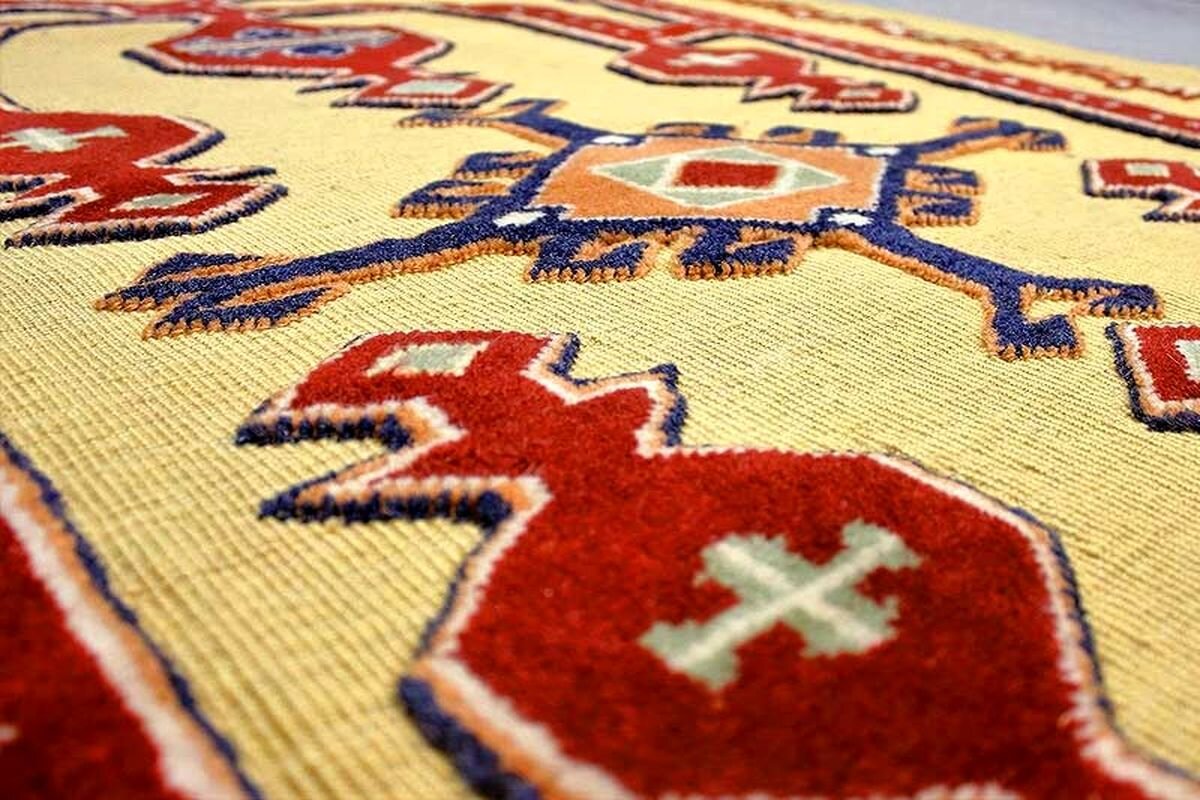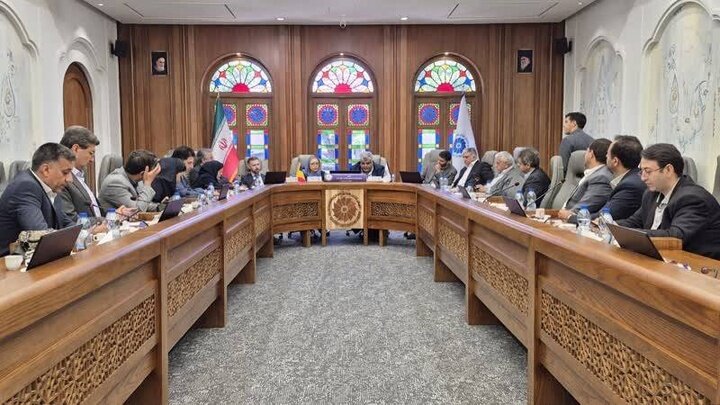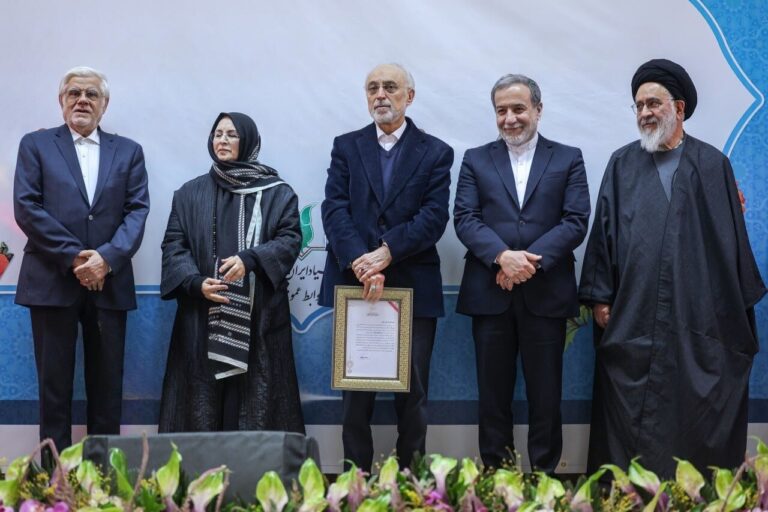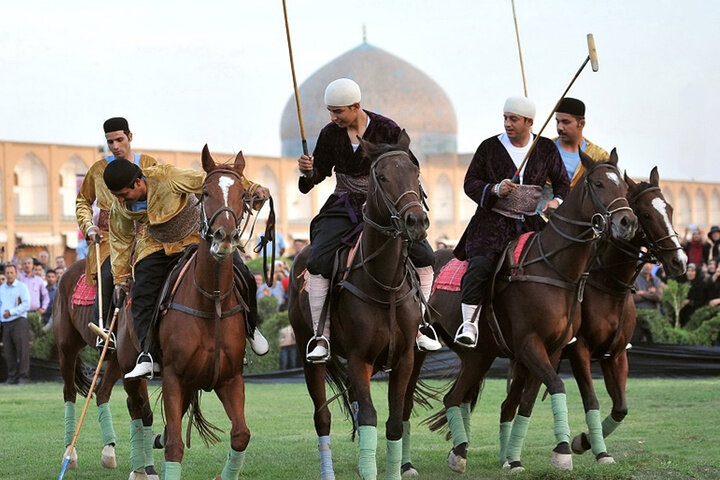Ilam’s Embossed Kilim: A Rising Star Set to Conquer the Global Market!
In a remarkable effort to elevate Ilam’s embossed kilim to an international level, the Director General of Ilam’s Cultural Heritage, Handicrafts, and Tourism Department, Farzad Sharifi, has announced plans to transform this traditional craft into a global phenomenon. The embossed kilim is not only the most prominent but also the most authentic product of the region’s indigenous industries, showcasing the rich cultural heritage of Ilam.
According to Sharifi, over 3,000 square meters of these exquisite kilims are produced by local weavers, contributing to their world-renowned status. The embossed kilim has even earned a spot on the National Heritage List, highlighting its cultural significance. “We use every chance to introduce and sell this indigenous artifact in domestic and foreign markets. After it is nationally registered, we seek to globalize it,” he stated.
Every year, the embossed kilim finds a warm reception among Arbaeen pilgrims and holidaymakers during the Nowruz celebrations, who eagerly seek out these unique handicrafts at various stalls. Efforts to promote this traditional art form have been bolstered by the Ilam municipality, which has initiated steps to globalize the product. This includes installing an embossed kilim element in the center of Ilam and even naming a street after it in the provincial capital.
Sharifi expressed excitement about the enthusiasm surrounding the embossed kilim, particularly during a recent handicrafts fair in Wasit province in Iraq. “We also introduced the embossed kilim during this year’s trip of Ilam’s governor general and the provincial officials to Iraq,” he added.
Historically, Ilam has been recognized for its kilim production, a craft that has survived through centuries. However, the embossed kilims, locally referred to as Gilim-e Naqsh Barjasteh, represent a modern evolution within the region’s artisanal landscape. This innovative style was pioneered by a talented weaver named Sahar Chalengar, who ingeniously integrated embossed motifs into traditional kilim weaving by using carpet knots.
The creation of embossed kilims involves a distinctive technique that sets them apart from traditional varieties. The background of these kilims is woven using a conventional method known as Sufi Bafi, while the motifs are crafted through the use of Turkish carpet knots. This unique combination creates a three-dimensional effect, enhancing both the visual and tactile appeal of the kilims.
Key features of embossed kilims include:
- Materials: Primarily composed of wool, cotton, and sometimes silk yarn sourced from local farmers.
- Dyeing Process: Involves natural and chemical pigments, often stabilized with white alum to ensure vibrant, long-lasting colors.
- Weaving Technique: Utilizes vertical looms for creating symmetrical patterns that accommodate cursive motifs.
- Traditional Designs: Includes motifs like “Lachak – Toranj” (paisley), “Goldani” (vase), “Gol-e Farang” (rose flower), “Naghsheh Ghalat,” “Botehee” (bush), “Mehrabi,” and various floral, animal, and figurative designs.
The process of crafting an embossed kilim begins with the careful installation of the loom. While both vertical and horizontal looms can be employed, vertical looms have become the preferred choice among contemporary weavers. Unlike simpler kilims, embossed varieties allow for the inclusion of intricate cursive motifs, showcasing the creativity and skill of Ilam’s artisans.
The primary materials used in these kilims are sourced from local cattle farmers, fostering a deep connection between the weavers and their environment. Wool is utilized in its natural state, as well as dyed with both natural and chemical pigments, enhancing the aesthetic appeal of the final product. The dyeing process is vital, as it involves careful techniques to ensure the colors remain vibrant over time.
In conclusion, the efforts to promote Ilam’s embossed kilim on a global scale reflect a dedication to preserving and celebrating this unique cultural heritage. Through strategic initiatives and public interest, the embossed kilim has the potential to become a treasured item not just in Iran, but worldwide, showcasing the artistry and craftsmanship of Ilam’s talented artisans.





